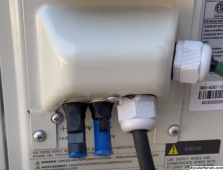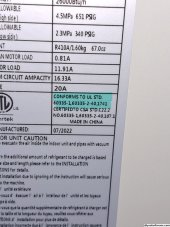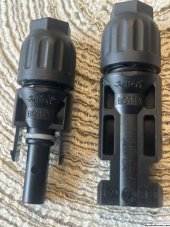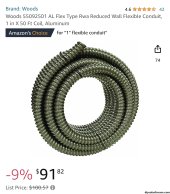OK, so I've located a discreet location where I can run 10 AWG PV wires off the roof, and then discreetly run them in either flexible metal conduit or PVC conduit all the way around the house under the eaves behind gutters.
I am strongly considering this as it simplifies things (especially the final connection to the EG4 unit (which receives MC4), I don't have to drill a big hole in the roof, and I don't have to switch back and forth between PV and 10/2 and back again.
To keep wires off the roof (including the grounding wire, I would run them in conduit and support the conduit above the roof with support screw in conduit clamps/supports.
From the EG4 user manual.
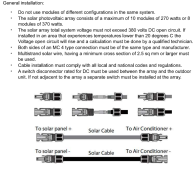
I am strongly considering this as it simplifies things (especially the final connection to the EG4 unit (which receives MC4), I don't have to drill a big hole in the roof, and I don't have to switch back and forth between PV and 10/2 and back again.
To keep wires off the roof (including the grounding wire, I would run them in conduit and support the conduit above the roof with support screw in conduit clamps/supports.
From the EG4 user manual.




